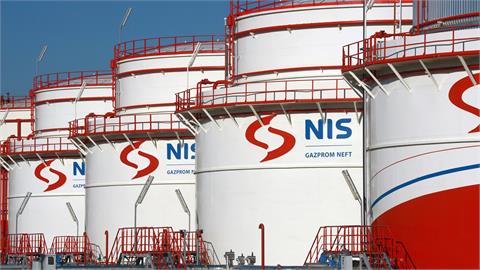The world's first floating nuclear power plant (NPP), Akademik Lomonosov, was grid-connected to provide electricity for the first time in the remote Chaun-Bilibino network in the coastal gold-mining town of Pevek, in Russia's Far East, Russian State Atomic Corporation Rosatom announced on Thursday.
The 144-meter length and 30-meter wide floating plant, equipped with two 35-megawatt KLT-40C reactor systems similar to those used on icebreakers, is capable of generating enough electricity for around 100,000 homes. This development marks the official start of operations for the world's first small modular reactors (SMR), and according to Rosatom's Director General Alexey Likhachev, it is also a major step in establishing Pevek as the new energy capital of the region.
"After its connection to the grid, Akademik Lomonosov becomes the world's first nuclear power plant based on SMR-class technology to generate electricity. This is a remarkable milestone for both the Russian and the world’s nuclear energy industry," Likhachev said. Connecting the floating NPP to Pevek's heating network will be completed in 2020. Once operations begin, the plant will become Russia’s eleventh NPP.
Grid connection followed Russian regulator Rostekhnadzor's provision of an operating license, as well as permission to connect to the northern electricity grid maintained by Chukotenergo JSC, according to the company's statement.
The floating plant, named after the 18th century's Russian scientist Mikhail Lomonosov, will replace the outgoing capacities of the Bilibino NPP and the Chaunskaya combined heat and power plant to become the baseline power generation facility in the country's Far East autonomous region of Chukotka.
The two barge-mounted reactors onboard Akademik Lomonosov are part of a pilot project and a 'working prototype' for a future fleet of floating NPP and onshore installations based on Russian-made SMRs. The small power units will be available for deployment to hard-to-reach areas of Russia's North and Far-East, as well as for export.
(Anadolu Agency)



